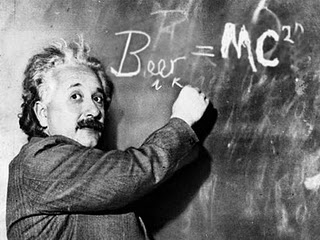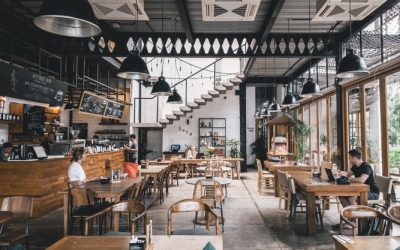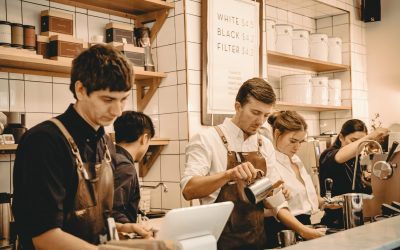Essential Bar and Restaurant Math Equations to Boost Profitability
Owning a bar or a restaurant can be exciting, but there’s also a lot of work involved in improving your business’ profitability. There are many equations and calculations you need to be aware of, especially for your beverages.
Analyzing and calculating these equations can boost your profitability. Here are seven equations you need to remember to help you increase your sales.
Inventory Usage
Inventory usage is the key to efficient inventory management. This is the first step in measuring your bar’s performance. It helps you calculate pour costs, detect over-pouring, calculate pars, and identify the products that are performing poorly.

Pour Cost
Pour cost is also referred to as beverage costs or cost percentages. It represents the percentage of cost that your drinks make up compared to your resulting sales. There are three factors that influence your pour cost; drink costs, drink prices, and product loss.

Variance
Also known as loss or shrinkage, product variance is one of the biggest detractors of a beverage program’s profitability. It mirrors the difference between the amount of product sold over a given period of time and the amount of product used during that same period.

Total cocktail cost
There are many factors to consider when it comes to pricing your cocktail menu. Balance is the key here. To achieve it, you first need to know how much your drink costs to make.
To figure this out, determine your drink’s ingredients, their container sizes, prices, and pour sizes.

Total Draft Beer Cost
Having an excellent selection of draft beers can make your establishment stand out. To determine the price of each draft beer, you need to know the keg size, its price, and your draft pour size.

Total by-the-Glass Wine Cost
Offering wine by the glass is a great option for customers who want to try different flavors. It’s also perfect for those who don’t want to order full bottles. In pricing a glass of wine, you need to know the size of the wine bottle, its price, and the size of your wine pour.

Drink Pricing
A successful pour cost is hard to achieve if your drinks aren’t priced appropriately. To price a drink, you need to add up the cost of its ingredients. Then choose a pour cost percentage or profit margin to target. For example, 20% for beer, 14% for liquor, and 22% for wine.
Next, take the cost of your ingredients and divide it by the target cost. The result will be your drink’s price.

Remember, your drink pricing must be constantly updated due to shifting product prices. As a bar manager, there are many equations to keep in mind and track of. The good news is, there are certain tools that can make your tasks easier.



